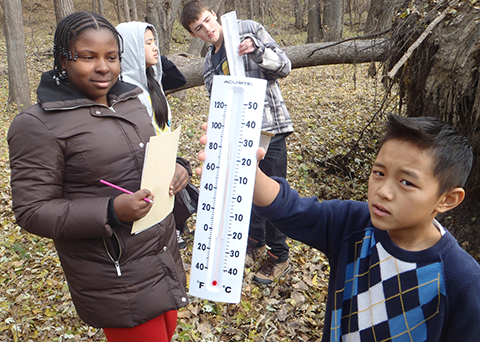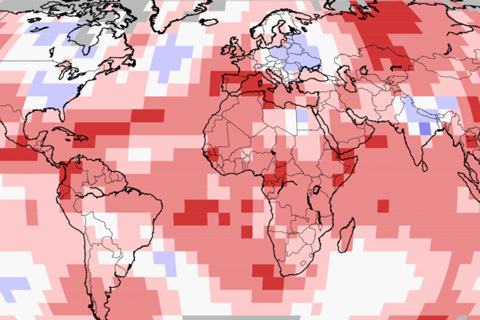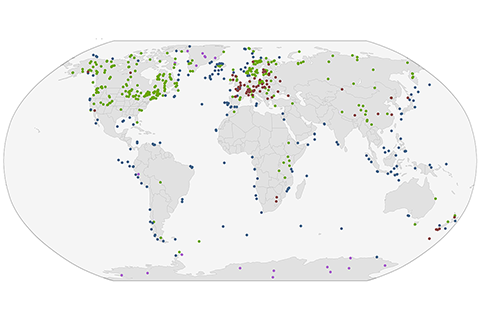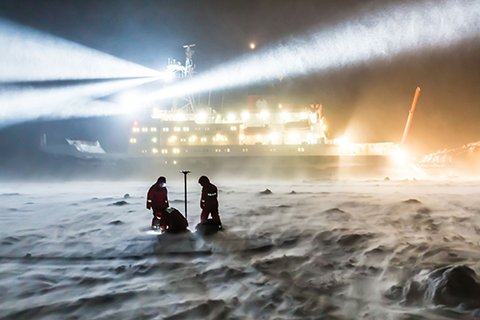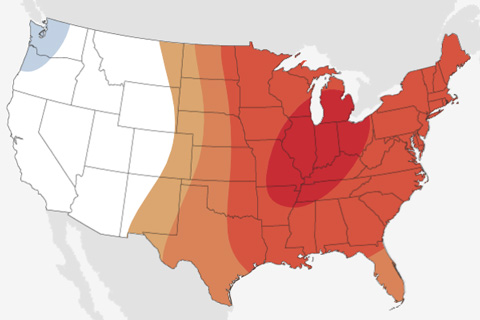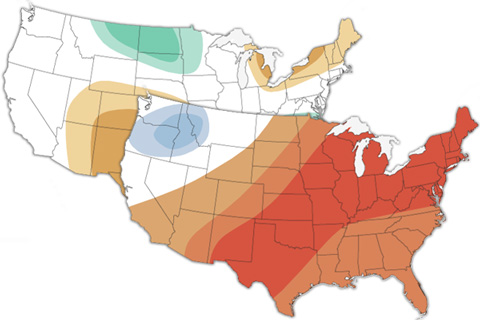
July temperatures are favored to be in the warmest third of the recent climate record for much of the U.S. In the drought-stricken Southwest, the odds of well below average precipitation are higher than the odds of an average or wetter-than-average July.
